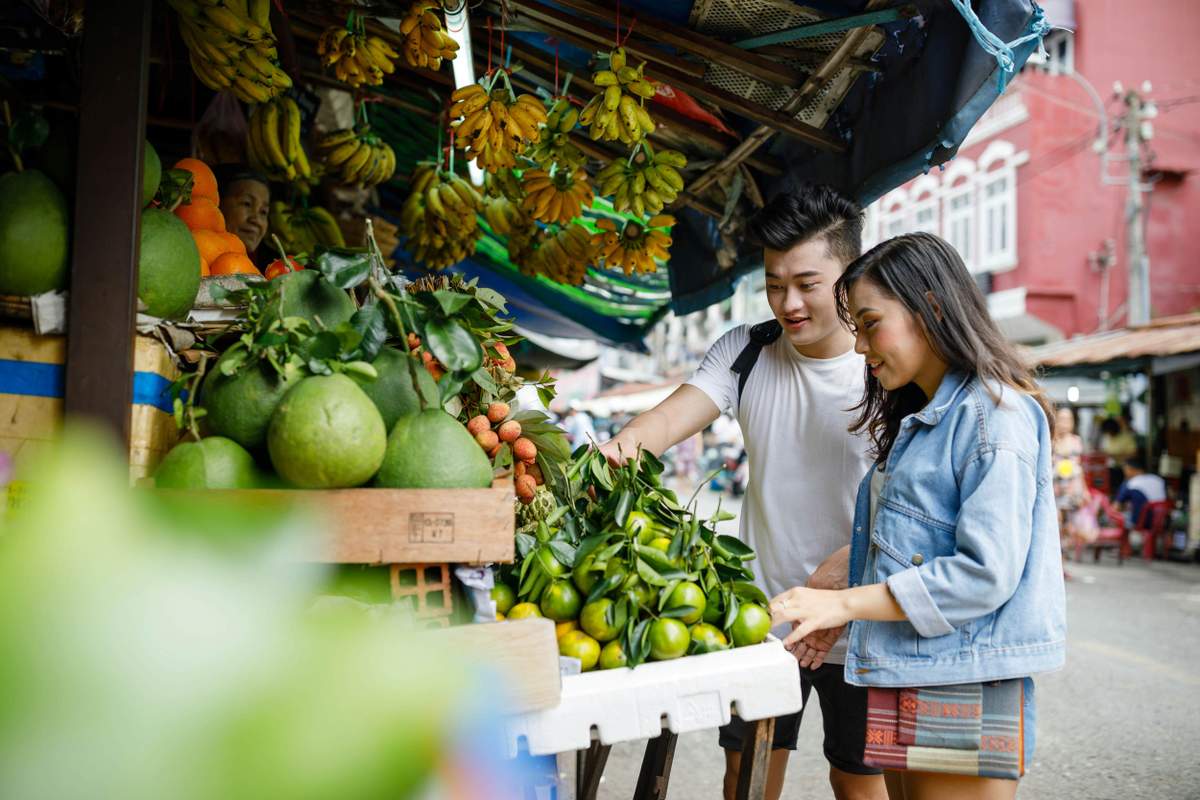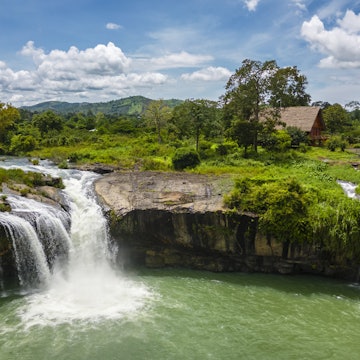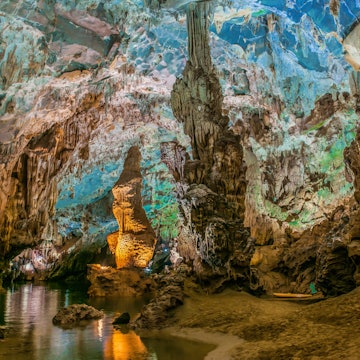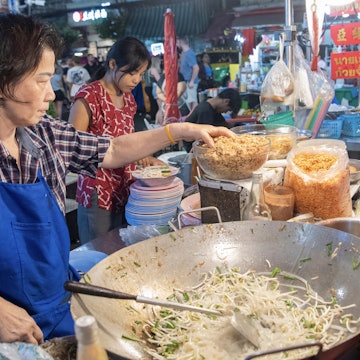
Hanoi vs Ho Chi Minh City: which Vietnamese city has the edge?



Hanoi’s historic alleys or Ho Chi Minh City’s broad boulevards? The choice is yours. Shutterstock
Who doesn’t want to visit Vietnam? This Southeast Asian powerhouse has it all: beautiful beaches, unparalleled history, diverse cultures...and did we mention the food?
The country’s two biggest cities, Hanoi and Ho Chi Minh City tend to be most travelers’ first impressions of this singular country. They’re both cosmopolitan, exciting and oh-so-Vietnamese – and yet oh-so-different, too.
Which is the perfect gateway to Vietnam's delights for you? We asked two experts to go head-to-head and make the case for the city that captured their heart. Now it's just up to you to choose.

Hanoi? Oh, boy
A veteran guidebook writer and journalist, Joe Bindloss first got the Hanoi bug in the 1990s. A three-decade-long entanglement keeps drawing him back to this fascinating, multi-layered city.
Forgive me, but I’m going to say it – Hanoi rocks.
From the bia hoi (“fresh” beer) and the next-generation guitar heroes getting the dance floor pumping at Hanoi Rock City to the Communist symbols adorning civic buildings and scattered mementos of the late Nguyen empire, the Vietnamese capital will rock your world. After decades of travel here, it still rocks mine.
Competing for the love of first-time visitors to Vietnam, historic Hanoi and handsome Ho Chi Minh City (HCMC) remain locked in a face-off, but it would be foolish to talk down either city – both are captivating, complex, full-flavored and steeped in history. Yet since Ho Chi Minh himself is a permanent resident of Hanoi – preserved in state in an iconic mausoleum next to Ba Dinh Square – who are we to question the judgment of Vietnam’s national hero?

On my first visit, Hanoi bowled me over – at times almost literally, thanks to the onslaught of speeding motorcycles and scooters. For instant immersion into Hanoi life, make for the atmospheric Old Quarter, which stubbornly resists the march of modernity. On an early-morning wander, you’ll spy vendors hauling fruit and vegetables on traditional yokes, shop workers commuting in buggy-like cyclos (rickshaws) and old-timers with Uncle Ho–style beards playing chess outside balcony-fronted shophouses.
For me, a lot of Hanoi’s magic comes down to feel. In this multicultural capital, laid-back rhythms collide with the pomp and grandeur of dynastic China and an unmistakably French attitude. You’ll sense this mixture most strongly at mealtimes, as you wash down fragrant noodle soups, succulent pork belly with vermicelli, delicate banh cuon spring rolls and loaded banh mi (baguette) sandwiches with strong coffee, draft beer and shots of “snake wine.” (Yes, it’s made from real snakes.)

And you’ll love how easy it is to slide back into history in Hanoi. Start off at the Imperial Citadel and Ho Hoan Kiem (Lake of the Restored Sword) – a mirror-like pool that comes with its own King Arthur–style legend and a dainty, dragon-topped tower. Hanoi’s sanctuaries – red-and-gold lacquered Bach Ma Temple, garden-ringed Hai Ba Trung Temple, and the thousand-year-old Temple of Literature – anchor the city in an age of ritual and ceremony.
Okay, HCMC probably has the edge when it comes to American War relics, but I love Hanoi for its museums. From the compelling National Museum of Vietnamese History and the Vietnamese Women’s Museum to the thought-provoking displays on Vietnam’s independence struggle at Hoa Lo Prison and the crash course in tribal culture offered by the Vietnam Museum of Ethnology, Hanoi is the perfect primer for exploring the rest of the country.

Hanoi gets bonus points for another reason: it’s just a whole lot of fun. Whether you settle into a French-era cafe with a cup of ca phe trung (egg coffee), cruise the streets gorging on northern-style street food, dress up for a cocktail with a skyline view at the Lighthouse Sky Bar, or pull up a plastic stool to quaff crisp local beers at Bia Hoi Junction, Hanoi is a place to embrace the unrepressed enjoyment of travel.
And consider the location: HCMC may be the doorway to the Mekong Delta, but Hanoi is the leaping off point for the karst islands of Halong Bay and Bai Tu Long Bay, and the emerald uplands and minority villages of the mountainous northwest. You’re also an easy overnight train ride from the imperial wonders of Hue and a half-day bus ride from green and serene Ba Be National Park. Wherever else you go, you’ll get more from your trip if you start off in this rocking town.
Did I mention that food, accommodation and nightlife are cheaper here, too? Dong for dong, Hanoi has the edge.
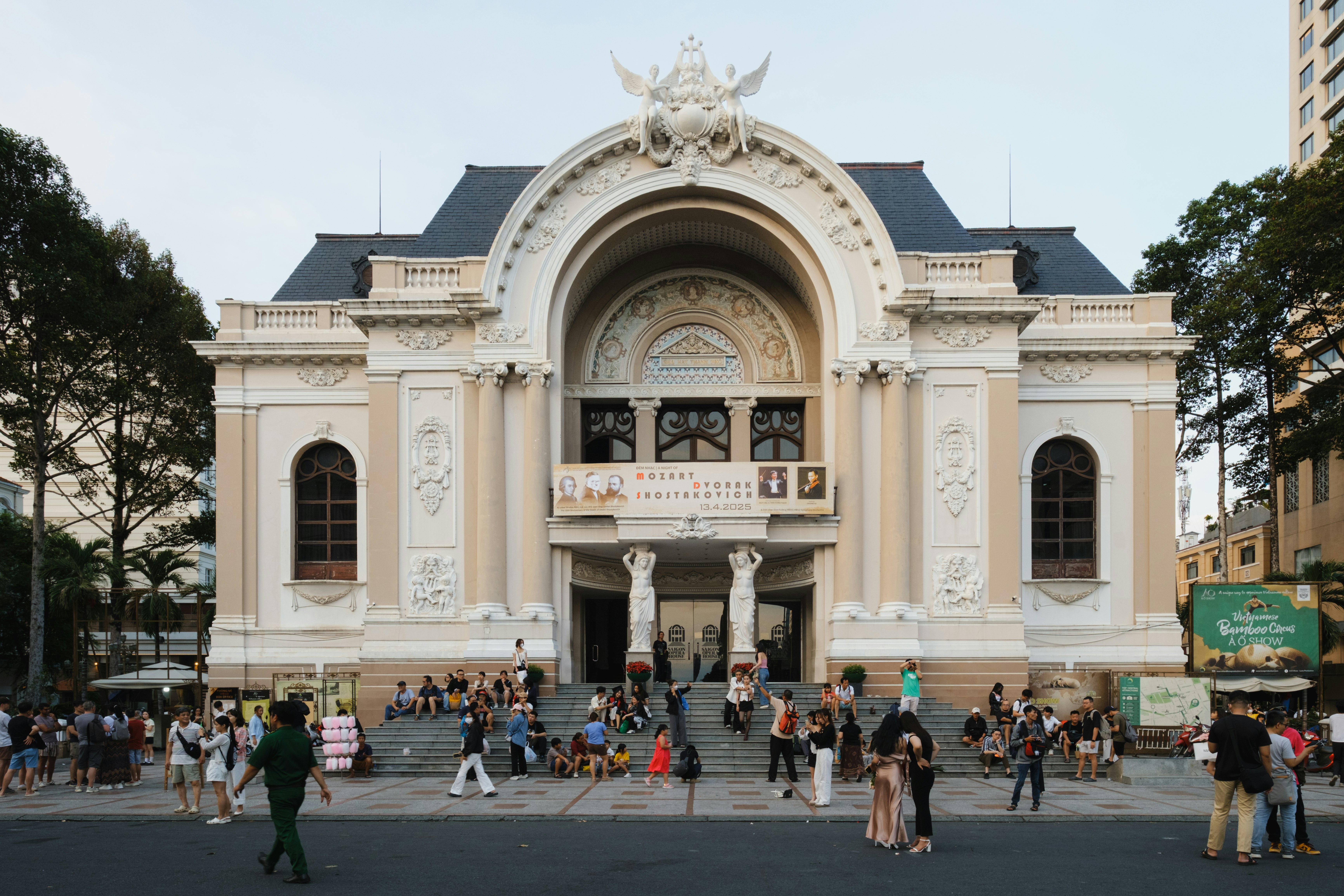
For the win? Ho Chi Minh City
Born in Ho Chi Minh City, James Pham, Lonely Planet destination editor for Southeast Asia, has been back living in the city of his birth for the last 13 years.
Hanoi is Vietnam’s political and cultural capital. Ho Chi Minh City is the capital of everything else that (really) matters – like food, fun and commerce.
Granted, Hanoi has been Vietnam’s capital for nearly a millennium – with all the heritage buildings and monuments accompanying that storied history. Ho Chi Minh City, on the other hand, was only founded in the late 17th century but has made up for lost time with its glittering cityscape, newer infrastructure and thriving nightlife and food scene. In short, Hanoi is the traditional older brother. Ho Chi Minh City is the younger, hipper sibling.

While Ho Chi Minh City’s population is almost double that of Hanoi’s (9.3 million vs 5.2 million), HCMC’s downtown core is an elegant, tree-lined contrast to Hanoi’s almost-always crowded Old Quarter. Its diverse range of attractions is spread out on broader streets, from the historic buildings in glitzy District 1 (including the French colonial-era Saigon Opera House, Notre Dame Cathedral and Central Post Office) and the trendy eating and drinking hub of District 3 to its atmospheric Cho Lon (Chinatown).
Beyond statistics, Ho Chi Minh City simply feels younger. Students come here from all over the country for university, while others are enticed by job opportunities. More influenced by foreign cultures (especially the French during the colonial era and the Americans during the war), the people of Ho Chi Minh City are cosmopolitan and open to change. It’s here where trends are born and entrepreneurs look to get their start.
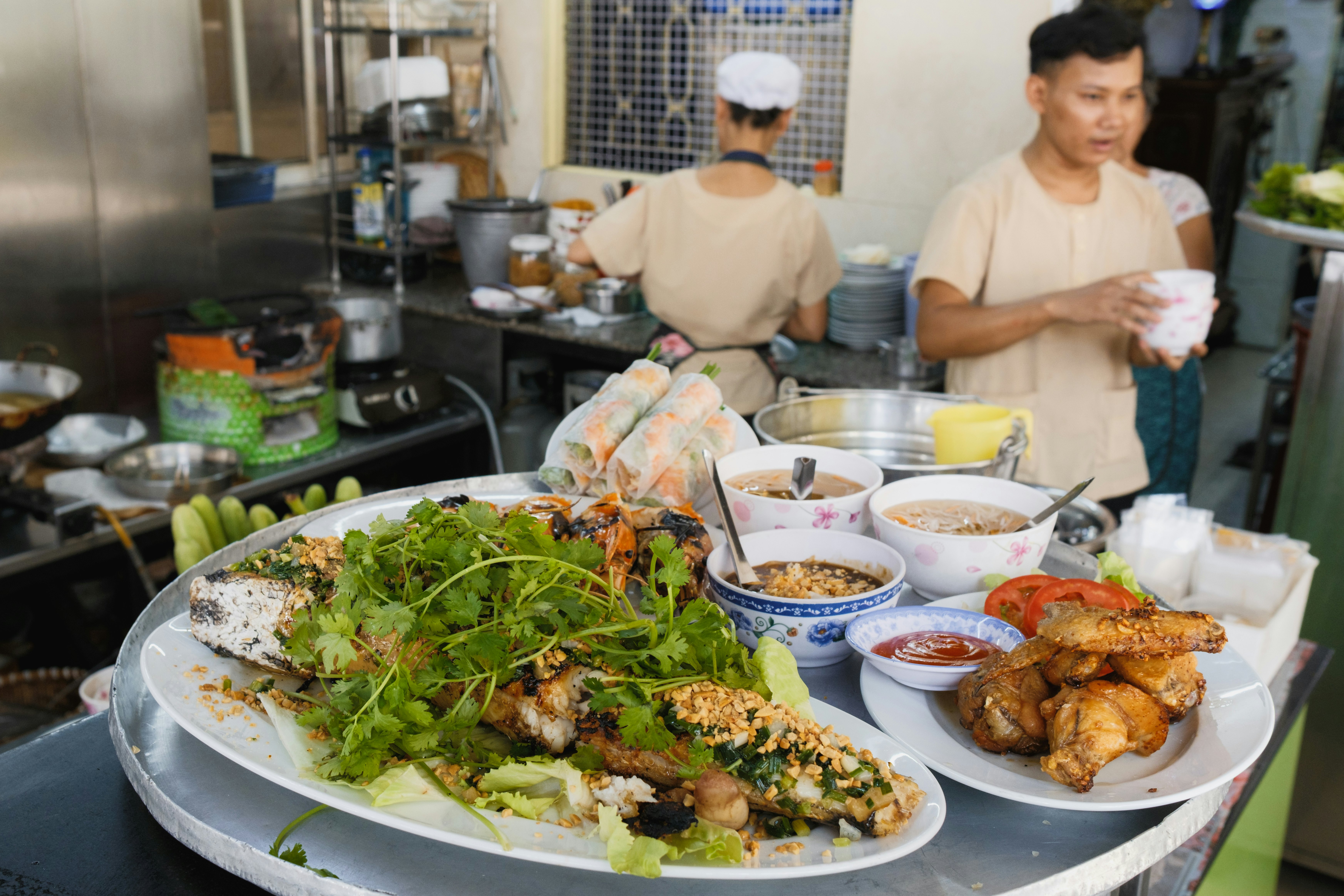
This incredible diversity has led to Vietnam’s best food scene, where you can feast on Hanoian specialties of pho, bun cha and banh cuon – but also spicy noodle soup from Hue, sizzling crepes from the Mekong Delta and Ho Chi Minh City’s own version of broken rice with grilled pork. With the Delta just south, HCMC’s lighter cuisine features fresh herbs, fruits and vegetables. I love that I can easily eat something different for every meal for a month, with no repeats.
Relatively low start-up costs and a young population with cash to burn translate to a ready market for returning Vietnamese entrepreneurs to open up their own restaurants. Chefs like Peter Cuong Franklin from the Michelin-starred Anan Saigon and Francis Thuan of Esta Saigon blend flavors and techniques they’ve picked up on their world travels with traditional Vietnamese cuisine.
Similarly, HCMC has a booming artisanal food-and-drink scene encompassing everything from craft beer and contemporary gin inspired by Vietnamese botanicals to premium chocolate with cacao harvested from the Mekong Delta. HCMC’s large expat population also means you’re almost never more than 10 minutes away from world-class Japanese, Indian, Korean and European cuisine.

Then there’s the weather. While HCMC enjoys balmy shorts weather year-round with only two seasons (hot and dry or hot and rainy), Hanoi can get shockingly cold in winter, with locals bundled up in hats and gloves while sucking in frigid air through their teeth. Did you really come to this part of the world to experience winter? I didn’t think so. And don’t even get me started on the air pollution: Hanoi’s is at times twice as bad as in HCMC.
It’s true that Hanoi does have some pretty neat destinations nearby. Yet HCMC is the gateway to the Cu Chi Tunnels (a one-and-a-half-hour drive by car), the Mekong Delta (a three-hour drive), the beaches of Vung Tau (a two-hour drive) and Mui Ne (a 3.5-hour drive). A larger international airport means more (and cheaper) flights everywhere, including the island paradises of Phu Quoc and Con Dao, just over an hour away by plane.
Culture vultures and history buffs can have Hanoi. But if you enjoy living the good life, I’ll see you in Ho Chi Minh City.





